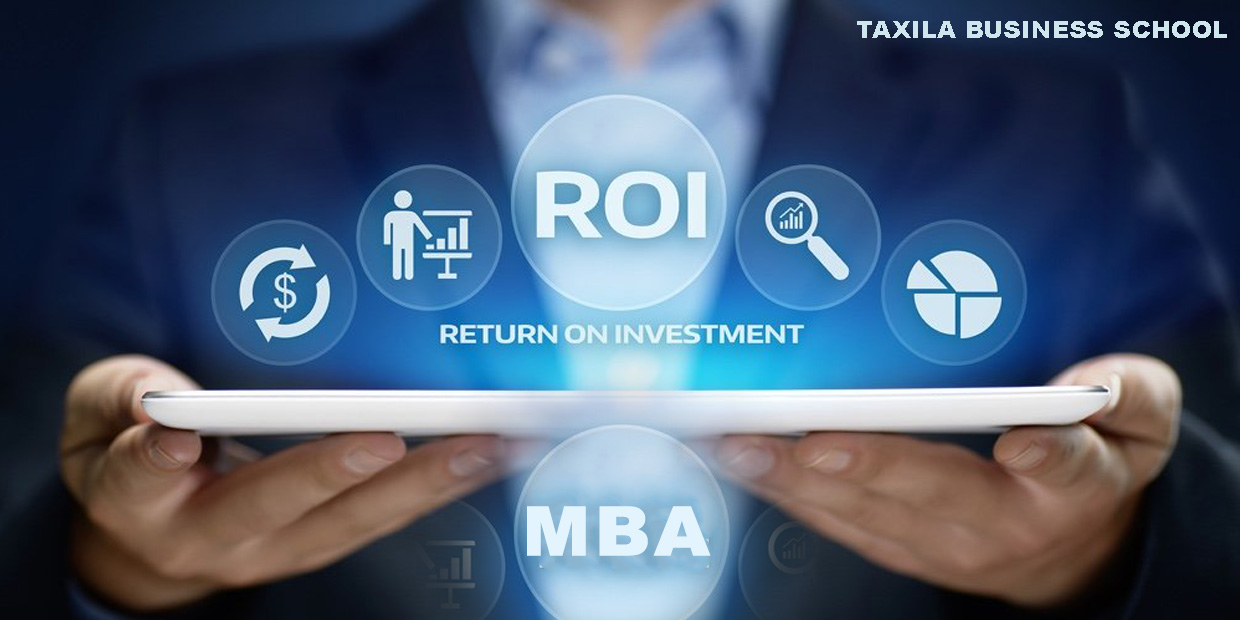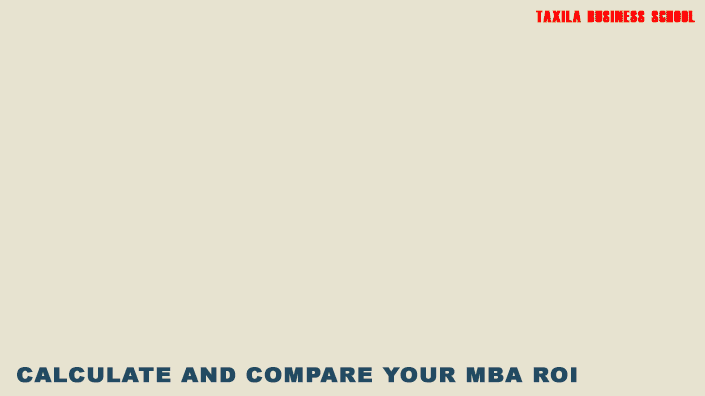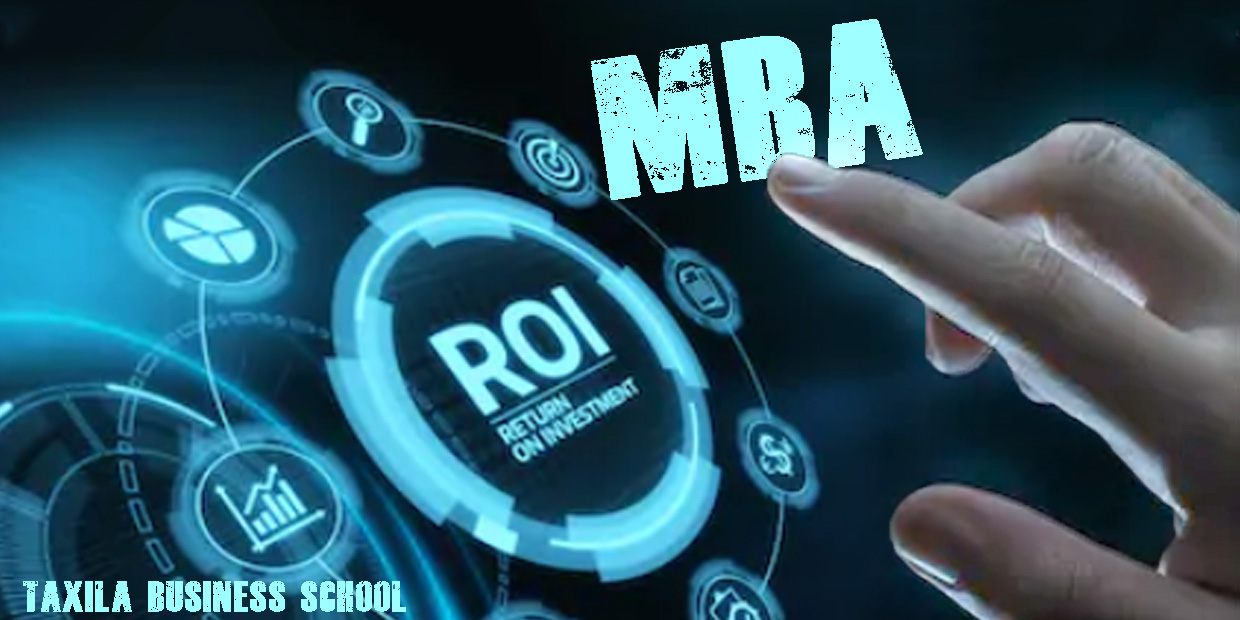Calculate Your MBA ROI
MBA ROI Meaning:
ROI means Returns on Investments. Generally, the fee for Business Schools is very high these days. Obliviously, students who choose to go forward with PGDM/MBA programs usually look into, how much their financial investment with the Business School will pay off, post-graduation. And this raise another question that, Is MBA a good investment? After reading the article You can easily calculate The ROI of an MBA and can decide that mba is a good investement or not.
‘An investment in knowledge always pays the best interest’ – Benjamin Franklin
Benjamin Franklin’s words have been overused to the point of cliché. In the case of the PGDM/MBA, nevertheless, we can see evidence of this in the most literal possible logic.
The PGDM/MBA is an advanced, management course – and does not come cheap either. Hence, getting a return on investment is definitely something most, if not every PGDM/MBA aspirant will carefully consider.
Here we have the reference to the two independent pieces of research done to measure MBA ROI.
- Research is done at Taxila Business School Jaipur, in 2018.
- Research done at Quacquarelli Symonds Company called QS, at London, United Kingdom, during 2015.
Inferences of research at Taxila Business School (TBS):

A study conducted and published on Jan 30, 2018, among 100 alumni of Taxila Business School and 100 prospective students who applied and did not attend the course suggest the income level of students who have done PGDM is twice as high from those who did not attend a postgraduate course.
Various key findings from the study suggest:
- Doing PGDM/MBA amplified the level of confidence of the participants. 88% of the participants suggest a greater level of confidence from when they had joined the Taxila Business School.
- The joining pay of PGDM/MBA students across businesses is higher than those who did not attend the postgraduate programs. 70 prospects started their joining salary at half the joining salary of a student with PGDM.
- The prime fear of participants was public speaking. 95% of PGDM/MBA students overcome the fear of public speaking in 6-8 months of starting their course.
- On an average within 2 years from joining the company, the participant with PGDM/MBA got the promotion, the student without PGDM took 3 years+
- 75% of postgraduate participants were able to take the foreign vacation from their salary within 2 years of their joining. While 15% of students without postgraduate degrees were able to do the same.
- The investment and opportunity cost of doing PGDM for 100% of students from Taxila Business School was covered in 2 Years. That means 100% return on Investment.
- 90% of PGDM students pay higher taxes than students without postgraduate which means they are earning higher than others.
- 40% of PGDM/MBA students wanted to start their own business after taking a few years of corporate experience. 5% of students started their own business during the PGDM.
Inferences of research at QS London:
During 2015, QS published the results of two separate MBA return on investment (ROI) surveys, one which was sent to 46 top B-Schools offering full-time MBA programs in Europe and the other to 85 top institutions offering the same format of MBA in the US. The outcomes were rather believable.
The normal increase in salary post-MBA in Europe was 85%, which in money terms equaled US$ 45,500 (taking average salary levels to US$ 91,586). In the United States, MBA’s got a 75% salary uplift on an average, or US $38,694 (up to US$ 91,417).
The normal time period it took to pay-back the cost of the MBA was 44 months in the US and 30 months in Europe. Bearing in mind that most MBA courses in Europe are for one year in duration versus two years in the US.
As a common rule, the highest MBA salaries are usually offered to graduates from more prominent business schools – those featuring in the ‘top 50’. Employers are willing to pay a premium to MBAs taught by the Top 50 Business Schools.
Want to work out the ROI you can get from attending Indian business school, specific to your target industry and location, the school you attend and your current salary? Here’s how…
Calculate, compare & Measure your MBA ROI:

- First, calculate your current salary (If you are employed).
- Then you need the full cost (fees and expenses) of the PGDM/ MBA program, and also how long it runs for, i.e. 2.0 years or 1.0 year.
- Then calculate your opportunity cost. This is the salary you sacrifice while you are doing your MBA + the cost of the program (Fee). If you would expect a pay rise or promotion at this time, you may add this to cost.
- As a final point, you need your estimated post-PGDM/MBA salary. B-school websites generally display average post-MBA salaries.
Now you have this information, you can start calculating:
Here is an example of a very basic MBA ROI calculation – just to help you start thinking. You can replace the numbers with your own and this is how you can calculate the ROI of your MBA degree. This is a basic MBA ROI calculator to give you an idea of your MBA/PGDM ROI.
ROI Calculation for Taxila Business School Jaipur:
Current earnings (pre-MBA salary): Rs 3, 00,000.00 per year means 6.0 Lakh for 2 years ( if you were employed)
Two-year full-time MBA cost at Taxila Business School: 8, 50,000.00
Add salary + fees = 14, 50,000.00 (This is the total cost of your MBA program)
Next, you will need to take your predicted post-MBA salary to work out how long it will take to pay back the Rs 14,50,000/
Let’s say that your post-MBA salary is Rs 12, 00,000/ pa. That means uplift of Rs. (12, 00,000 – 3, 00,000) Rs. 9, 00,000/
Divide the total cost of your PGDM (Rs 14, 50,000/) by your salary uplift (Rs 9, 00,000) and then you can see that your PGDM/MBA will be paid back in just less than one and half years. After these one and half years, you’re in the high, and this is where your MBA ROI kicks in.
This is the most basic calculation, not keeping in mind any salary rises. To have a better idea you can start with a post-MBA salary as stated by a school and then factor in percentage increases each year as we do in our ROI reports. You may do the same with your pre-MBA salary too, though with a higher rate of increase for your post-MBA salary. There is no need to include living costs as these are costs that would be incurred whether or not you enroll in an MBA. You can change the calculation to any length of time you wish.
Made your calculation?
Doesn’t look too shabby, we’re guessing! Well, don’t let us stop you – time to start making those applications
I hope after reading this article you get answers to all your question like
How to calculate the ROI of an MBA/PGDM?
What is the ROI of an MBA Degree?
Is an MBA a good investment?
What is the formula to calculate ROI on an MBA?
If you like the article do share it on your social platform.
If you need more information than you can contact us at [email protected].
Read Popular Posts Here
- Top MBA Colleges Accepting CAT Score
- Top 20 MBA entrance exams in India
- Best Paying MBA Specializations in 2020
- MBA Or PGDM Which has more value
- Top 50 Business Schools in India
If you like the article do share it on your social platform.

